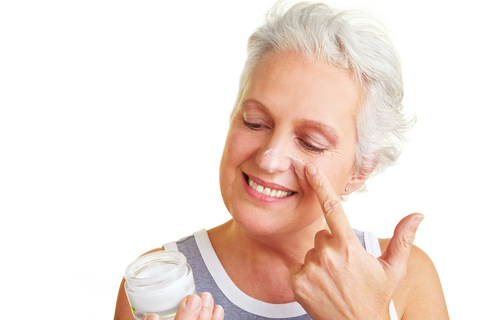Some individuals still insist upon natural preservatives in their cosmetics. And whether your skin care product contains a preservative that is ‘natural’ or one that is synthetic, it’s important to know that preservatives are a must in personal care products.
Preservatives are ingredients with antimicrobial activity and they are used in cosmetics to keep them safe for consumption. They help to eliminate the growth of bacteria, mold and fungus that would be harmful to the skin, eyes and other mucous membranes. Products formulated without preservatives would be very expensive as they would expire rapidly and require refrigeration. Not only would they be expensive, they would spoil quickly. Commonly used synthetic preservatives include parabens, phenoxyethanol and triethanolamine (TEA). They have been tested extensively for efficacy and safety.
When it comes to natural preservatives, you should know that they can be limited in their abilities. Natural substances that have antimicrobial activity are either not adequate for broad spectrum protection or they have undesirable qualities – a strong smell or incompatibility with other ingredients, for example. Many are not active against the most threatening microbes, pseudomonads, while others (essential oils, for example) require very high concentrations to be effective. And, several become inactivated by manufacturing procedures and other factors. So preserving with natural ingredients is a challenge.
When a company claims to preserve its products naturally or incorporate only natural preservatives, they are probably incorporating antioxidants rather than preservatives. Ingredients including grapefruit seed extract (GSE), rosemary extract and Vitamin E aren’t preservatives, but antioxidants, which help to prevent products from oxidizing or turning rancid upon exposure to air and light. While they don’t stop the process, they do help to slow it down, thereby increasing the shelf life of products. Antioxidants, however, cannot take the place of chemical preservatives with true antimicrobial activity.
Be cautious if your product displays any of the following characteristics – sure signs that it has spoiled and should be discarded:
- Growth of gray-green mold
- Change in viscosity (product becomes thinner)
- Separation (water layer and oily layer)
- A foul smell




